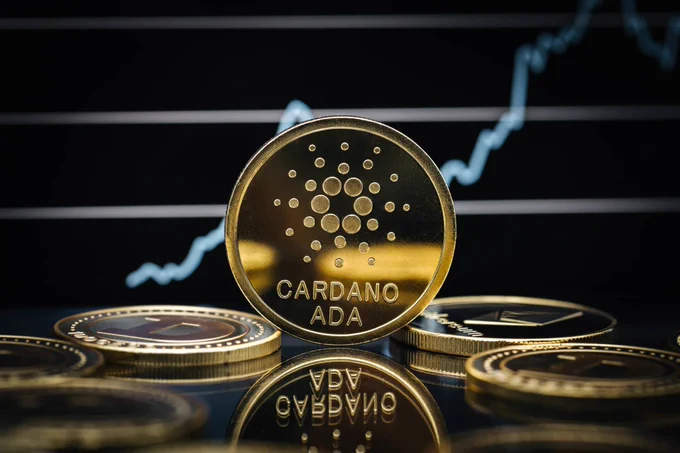|
Getting your Trinity Audio player ready...
|
As the energy sector continues to evolve, and IOTA being a distributed ledger technology (DLT) that is designed for machine-to-machine (M2M) communication, IOTA is well-positioned to play a leading role in the development of new and innovative applications.
The energy sector is ripe for disruption as centralized traditional energy grids are struggling to keep up with the demands of a growing global population and a changing climate.
A Detailed Look at ways in which IOTA is and can be used to disrupt the energy sector
Smart Grids
One of the most promising applications of IOTA is in the development of smart grids as it can be used to power the communication between devices. This can help to ensure that data is exchanged securely and efficiently.
IOTA can also be used to create a tamper-proof record of energy transactions that will help to prevent fraud and ensure that consumers are billed accurately.
Its application in the industry can help to improve efficiency, reduce costs, and make the grid more resilient to outages.
A number of companies are already using IOTA to develop smart grids. For example, the German company Innogy is using IOTA to manage the flow of energy in its smart grid. The company is also using IOTA to develop a system for trading energy between consumers and producers.
Microgrids
Another promising application of IOTA is in the development of microgrids. ( small, self-sufficient energy networks that can be used in remote areas or during emergencies.)
IOTA can be used to manage the flow of energy in a microgrid. In this, it can help to ensure that energy is distributed efficiently and that the microgrid is resilient to outages.
One example of how IOTA is being used to develop microgrids is in the city of Taipei they are using it to develop a smart grid that will use energy from renewable sources. The city is also using IOTA to create a P2P energy trading market.
Distributed Energy Resources
IOTA can also be used to manage distributed energy resources (DERs), such as solar panels and wind turbines. DERs are becoming increasingly popular as a way to generate renewable energy. However, they can be difficult to manage and integrate into the grid.
IOTA can be used to make it easier to manage. For example, IOTA can be used to track the production and consumption of energy from DERs. This can help to ensure that the grid is balanced and that DERs are used efficiently.
Energy Trading
IOTA can also be used to trade energy in a peer-to-peer (P2P) market ad as a result this can help to reduce costs and give consumers more control over their energy usage. In a P2P energy market, consumers and producers can trade energy directly with each other.
This can help to reduce the cost of energy for consumers and increase the income for producers. By providing a secure and efficient way to exchange energy tokens IOTA can be used to facilitate P2P energy trading.
One example of this application is where the company Energy Web Foundation is using IOTA to create a global P2P energy market.
The highlighted possible applications prove that IOTA has the potential to revolutionize the energy sector even though it’s still a relatively new technology.
As the technology matures and more adoption takes place, IOTA is likely to play an increasingly important role in the future of energy
Also read IOTA: How IOTA is Revolutionizing the Retail Industry
In conclusion
IOTA can be used to improve the efficiency of energy grids by making it easier to track and manage energy flows. IOTA can also be used to create microgrids, which are small, self-sufficient energy networks that can be used in remote areas or during emergencies. IOTA can also be used to trade energy in a peer-to-peer (P2P) market, which can help to reduce costs and give consumers more control over their energy usage.
I’m the cryptocurrency guy who loves breaking down blockchain complexity into bite-sized nuggets anyone can digest. After spending 5+ years analyzing this space, I’ve got a knack for disentangling crypto conundrums and financial markets.



